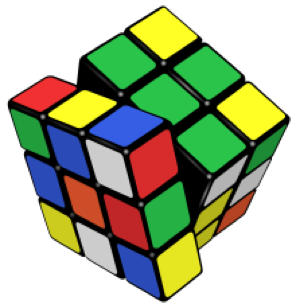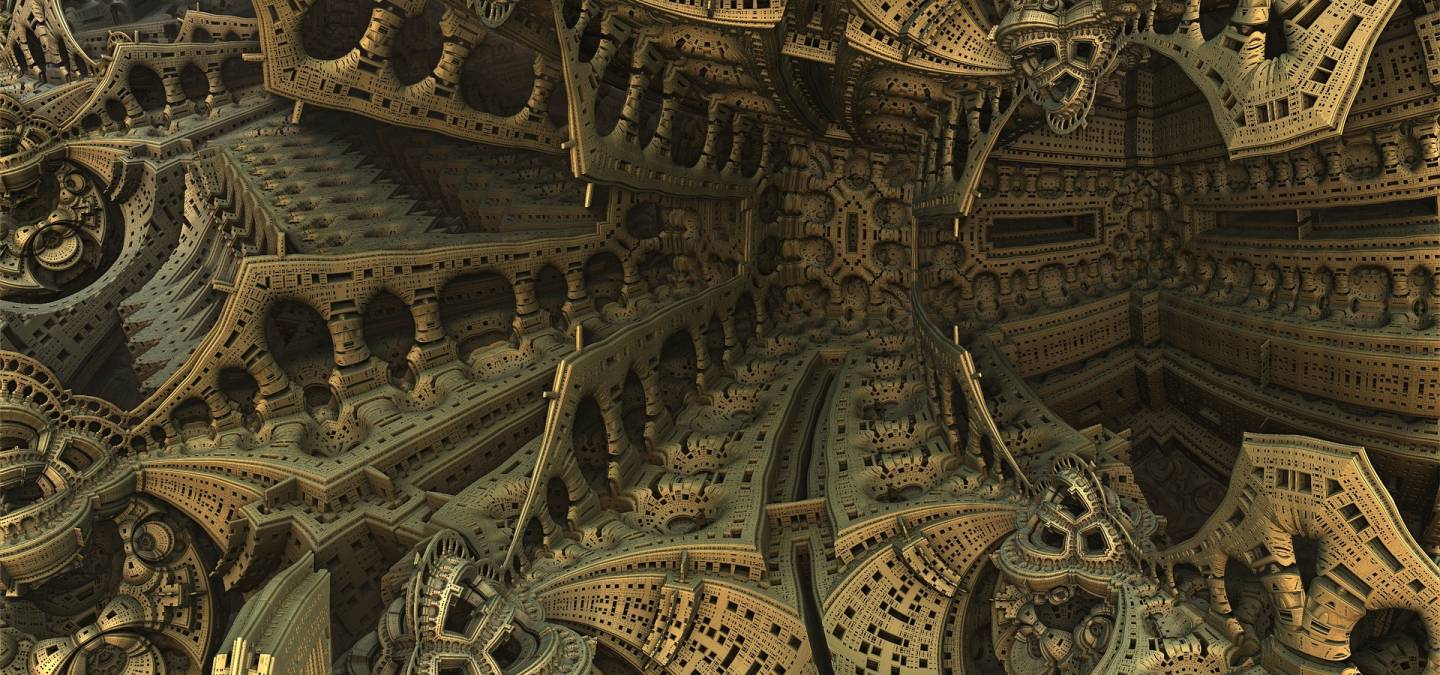Annales du baccalauréat - Session 2014 - DNL mathématiques-anglais avec mention « section européenne »
Text
In 1974, a young Hungarian lecturer in interior design was contemplating an exercise he had given his students, namely to draw and study a cube bisected by its three mid-planes into eight smaller cubes. "How can I make the faces move?" he asked himself. Within a few weeks, Ernő Rubik had devised a more complicated version derived from a trisected cube, which soon became one of the greatest puzzle crazes of all time. It also was the most mathematically sophisticated toy ever produced, requiring and popularizing a branch of mathematics rarely seen in earlier mathematical toys, namely the theory of groups.

Since its development in the early 19th century, the notion of a group has become recognized as one of the archetypes of mathematical structure. Although its beginnings were in the field of algebra, a group is most clearly seen as a set of transformations of some object that preserve some aspect of its structure. For example, there are certain rigid motions of an unmarked cube — the 24 rotations about its various symmetry axes (including the null rotation by zero degrees) that leave it unchanged. One can combine these by doing first one motion, then another. If we denote these motions as $A$, $B$, $C$, ..., we denote the result of applying $A$, then $B$, as $AB$. Note that $AB$ and $BA$ may be quite different. For transformations, the "associative law" $(AB)C = A(BC)$ naturally holds. The motion of doing nothing (that is, leaving the cube as it is), which we denote as $I$, acts as an "identity" — that is, $AI = IA = A$. Further, each motion $A$ has an "inverse" motion $A'$, such that $AA' = A'A = I$. These are the defining properties of a group. Groups are ubiquitous in mathematics — all the number systems have various group structures within them, and groups of transformations are the basic tool for the study of spaces and shapes.
Extract from an article of American Scientist, by David Singmaster
Questions
- What is the subject in this article?
- Who is Ernö Rubik? What did he do for his students?
- What is a group in mathematics? Give the properties of a group structure.
- Give some examples of sets with a group structure.
- Explain why the manipulations of a Rubik’s cube can form a group.
Audio
Version 1 (Ashley Curwin) ??
Version 2 (Stanislas Cruiziat) ??
Vocabulary
- Hungarian: hongrois
- ubiquitous: omniprésent
- to devise: concevoir




